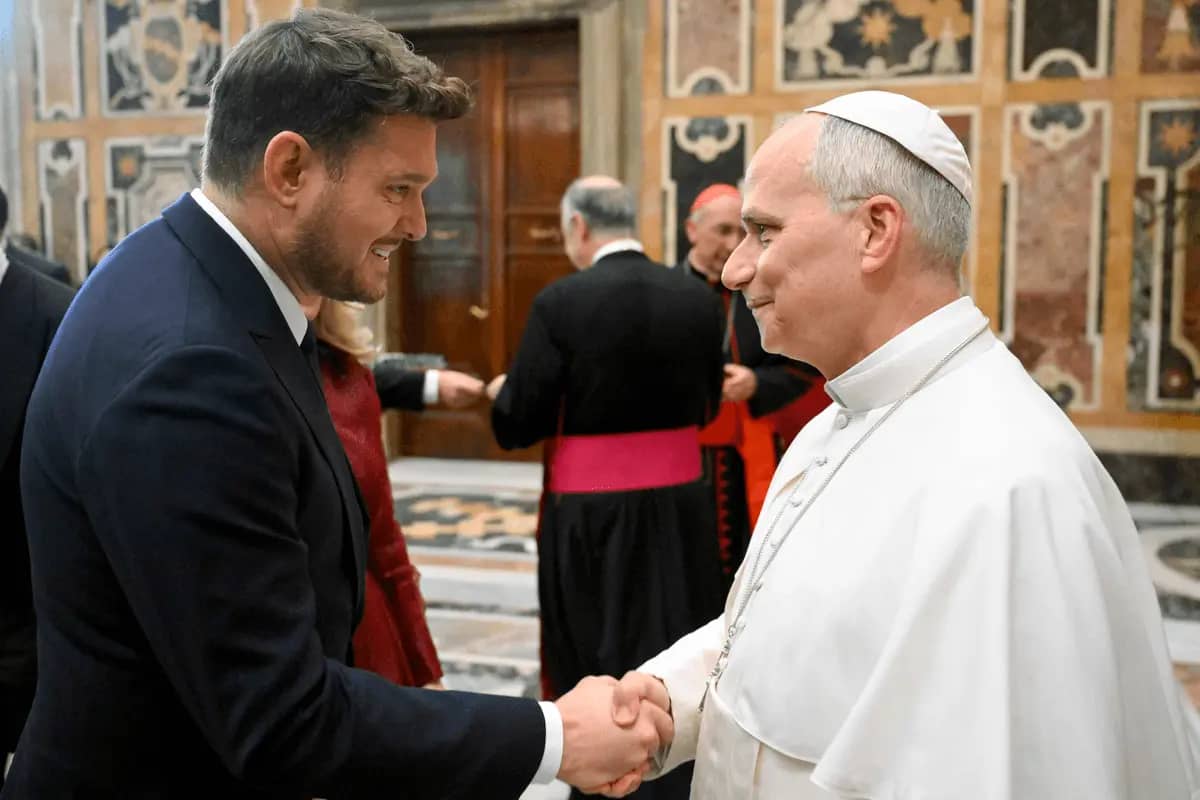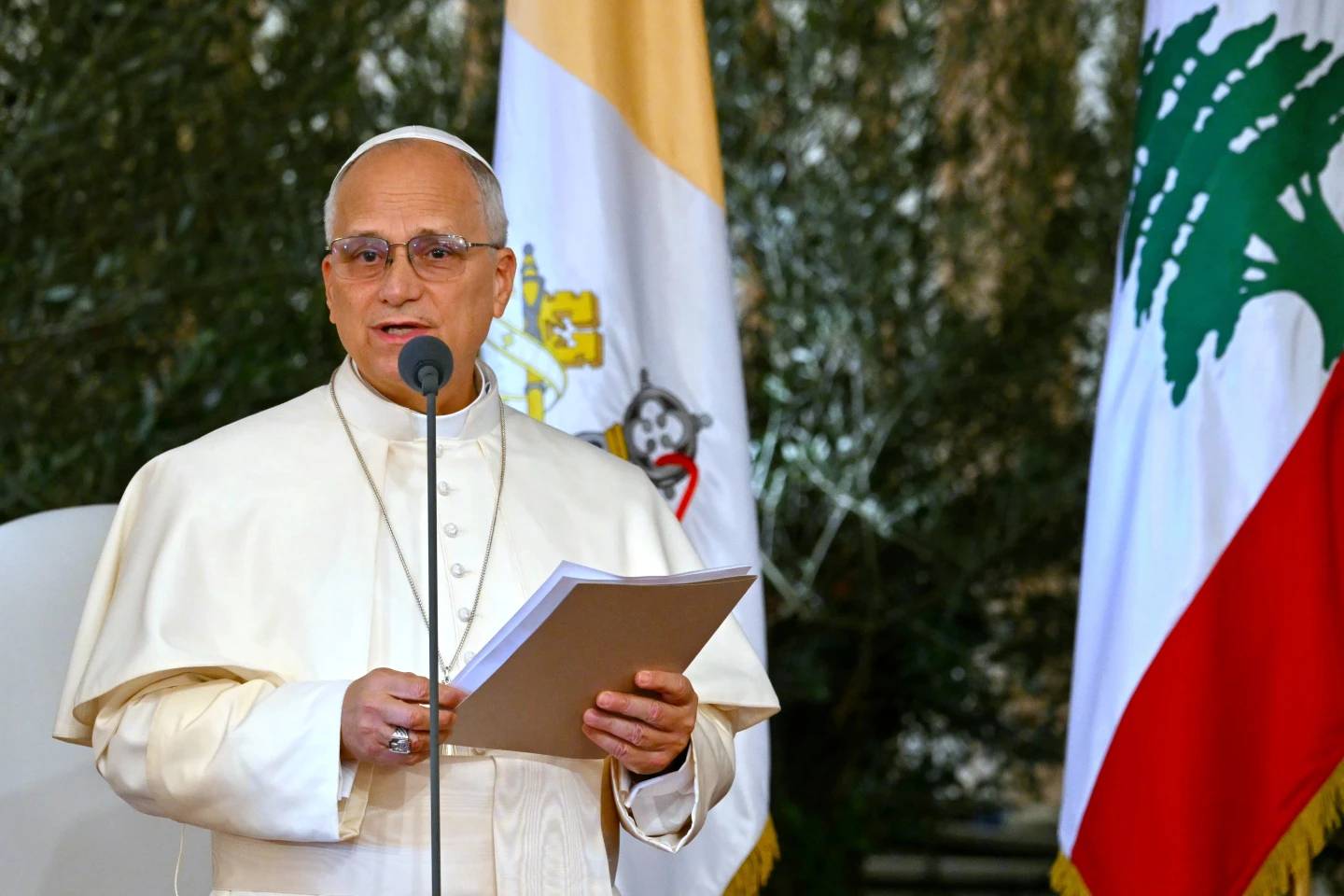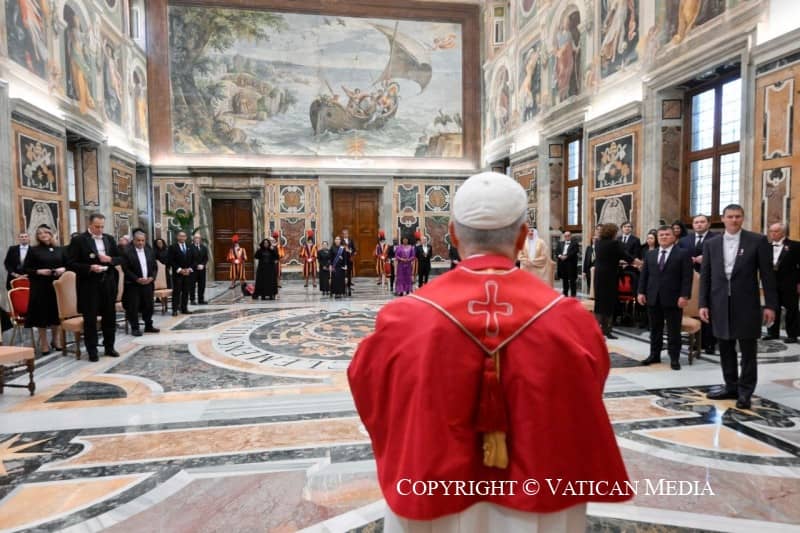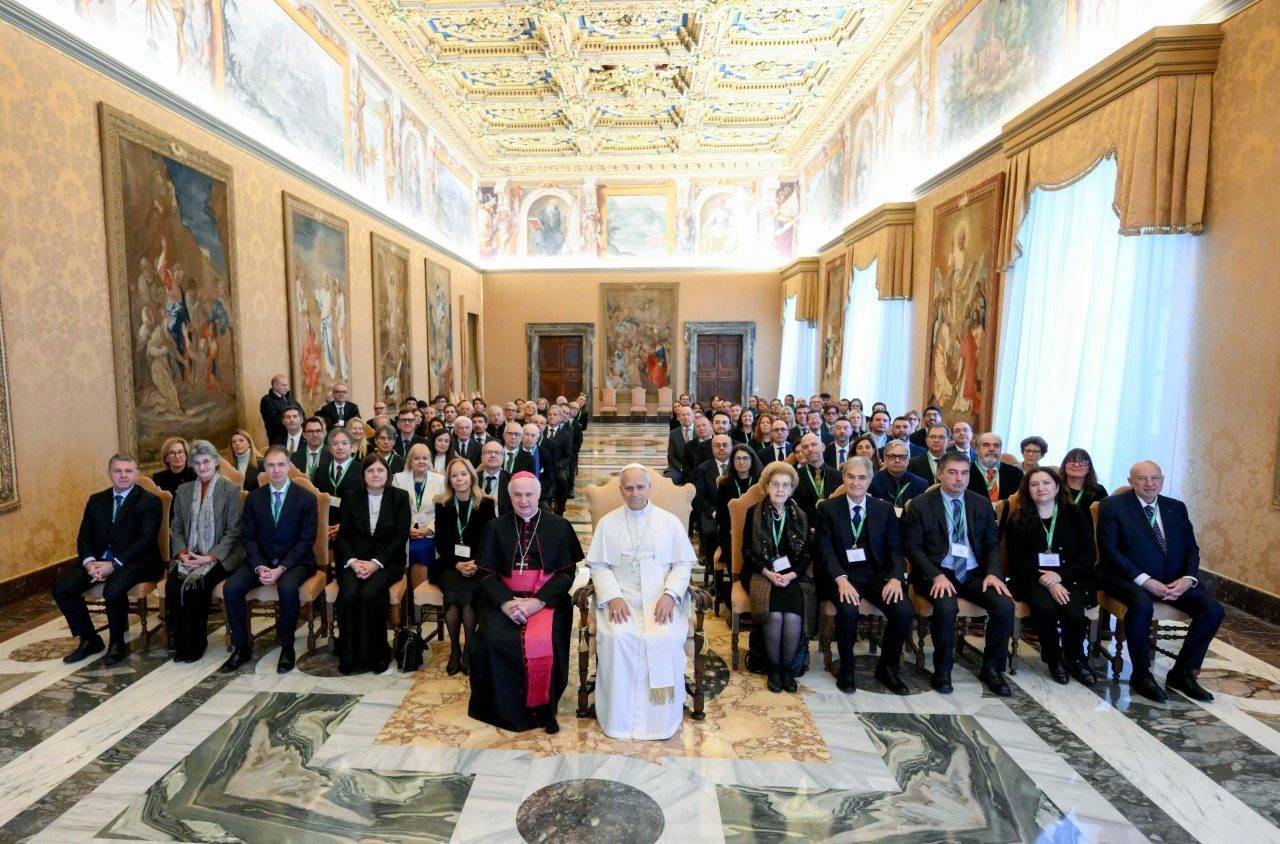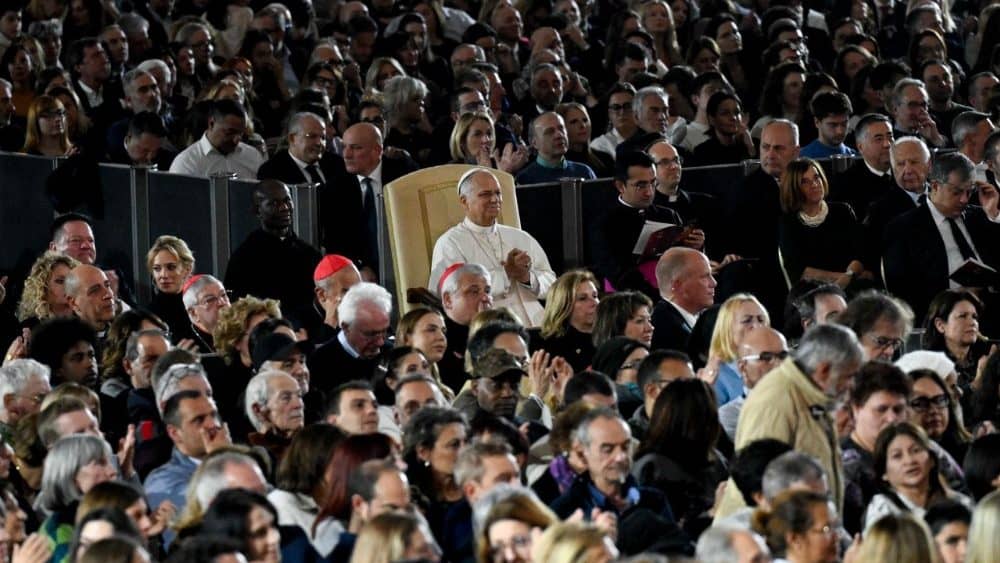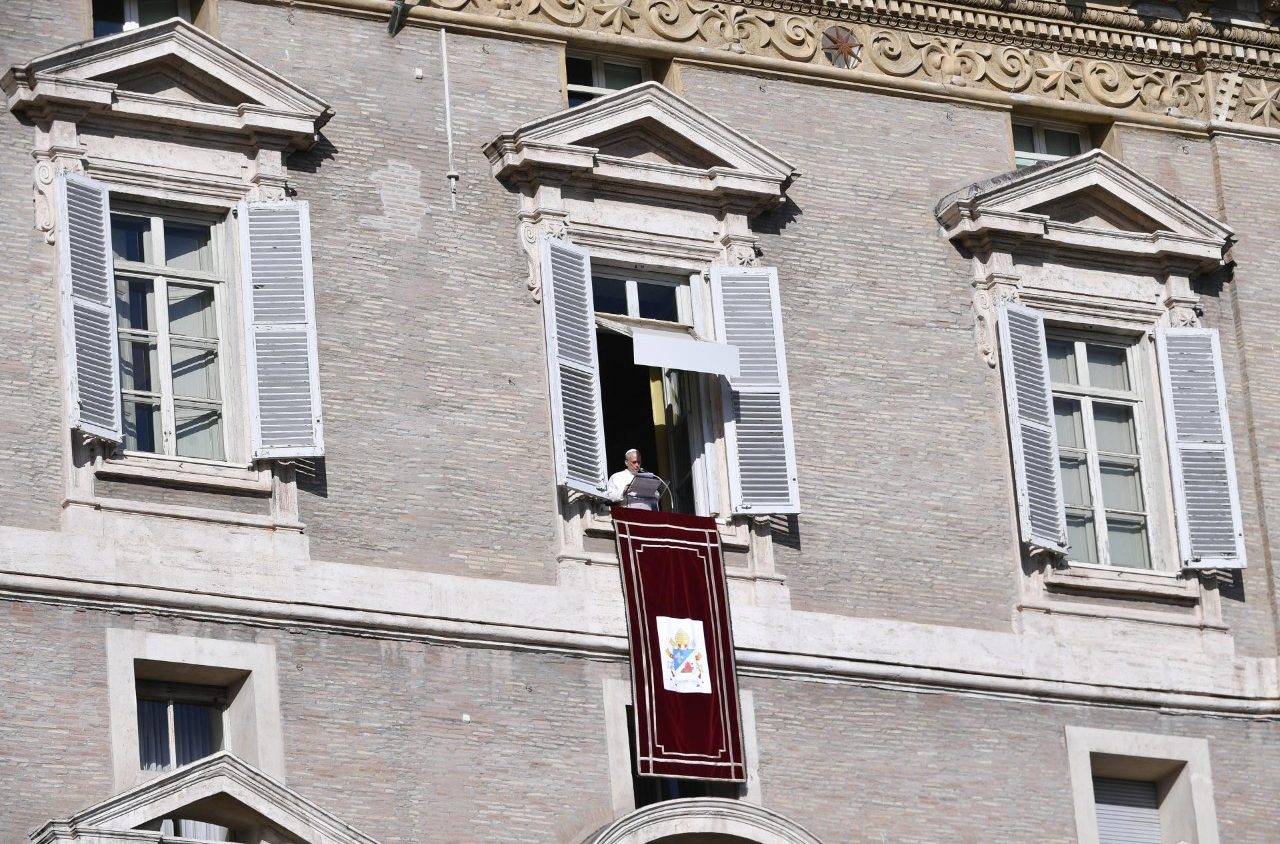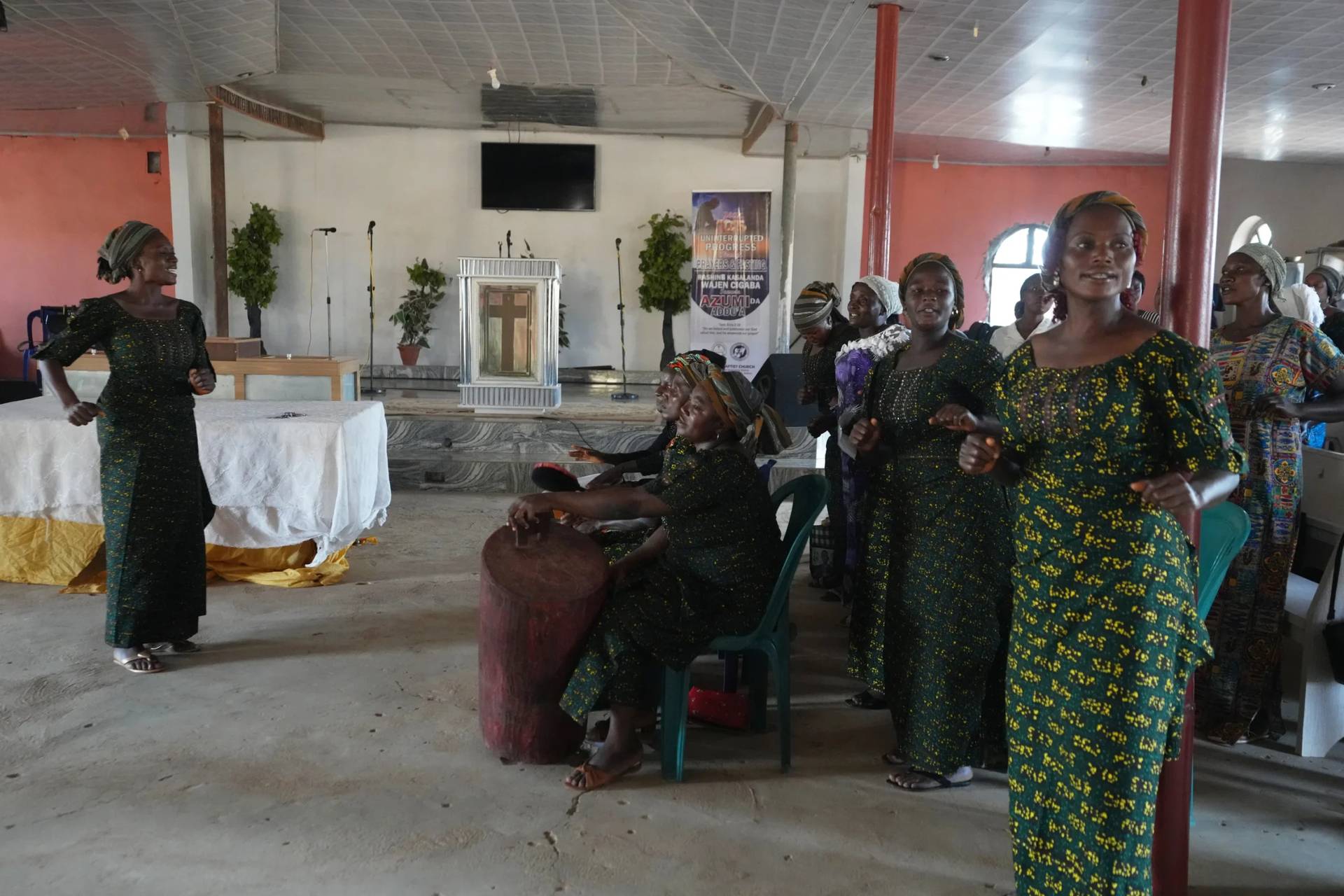ROSARIO, Argentina – When one arrives in Argentina’s capital Buenos Aires, virtually from any entry point, the scenery that greets you is not the splendor of the Humid Pampas, home of two-thirds of the country’s economy, but a concatenation of “shantytowns of misery” where an estimated 10 percent of the city’s population live.
Known as “villas,” their full name “emergency villas” is no longer accurate as many of the people living in one of Buenos Aires’s 14 officially recognized slums, or one of its over 20 smaller irregular settlements, spend decades, if not their whole lives, in these neighborhoods, home to an estimated 250,000 people out of the city’s 2.9 million.
The Villa 31 and 31 bis, located in the Retiro neighborhood, is the most famous of the 14 recognized slums. It holds some 9,500 families living in precarious homes, built either with zinc plates and wood or bricks. The latter have expanded not only out but up, reaching three or four unsteady floors, almost to the height of the bridge-like highway that’s the main entrance to the city.
In the span of a quarter of a mile, the road goes from the towers of leaning shacks to the Four Seasons Hotel next to the famed 9 de Julio Avenue, where visiting stars pay up to $5,000 dollars for a night in a suite.
The 108-acre slum is located in the heart of the city’s most up-scale neighborhoods, and a study from May 2017 revealed that if these plots of land where people walk on mud and breathe dirt were sold as a whole, the bidding price would begin at 900,000 million dollars, meaning, some $95,000 per family.
But the government of the city, aligned with President Mauricio Macri, has decided to turn the slum into another neighborhood, integrating it in the city, paving its roads and putting government offices in the heart of the area.
Hence, for those paying close attention to Pope Francis in the past five years, it will come as no surprise that when he was Archbishop Jorge Mario Bergoglio of Buenos Aires, he had a whole ministry dedicated to these shantytowns, injecting some much-needed fuel to a movement born in the 1960s and 1970s in Argentina.
By the time he was elected as the Successor of Peter, there were 20 villero priests — men who do the entirety of their ministry in the slums — living with the poor, carrying the “smell of the sheep.”
It was no surprise either when, last November, he named two of these priests as auxiliary bishops, one to Buenos Aires and one to a city in its suburbs.
Forty-four-year-old Gustavo Carrara is one of them. Formerly a parish priest of Holy Mary, Mother of the People, in the heart of the Villa 1-11-14, one of the largest villas, and “episcopal vicar” for the slums, he was ordained a bishop on Dec. 16 by Cardinal Mario Aurelio Poli, successor of Bergoglio in Buenos Aires.
It’s no speculation to say that the liturgical purist might have a heart attack seeing the ambience of the ordination: Flags of many nationalities invaded the cathedral and the drums often found in Argentina’s soccer matches provided an ambiance hardly ever seen for such an event.
“I believe the people accompanied being true to themselves,” Carrara told Crux over the phone days after his episcopal ordination. “Truthfully, I’ve received a lot of love on the days leading to it, during the event and even afterwards. I was very surprised by it.”
The bishop is convinced that in a way, the thousands who gathered to accompany him saw his nomination as a wink from the pope.
“It’s a confirmation that the pope continues to look towards the neighborhoods we live in,” Carrara said. “The people also celebrated this papal support, which goes way beyond supporting me.”
His plan is to continue living in the slums. Either in a different section of the one he’s in now, or a different one, he hadn’t yet decided at the time of the interview. However, he spoke with Poli about it, and the cardinal agreed.
He received a call from the nunciature, meaning the home of the papal representative in Argentina, on Nov. 11. Two days later, the nuncio told Carrara the pope had wanted him to become auxiliary bishop of Buenos Aires, and asked if he accepted the position. Carrara did and chose as his motto “Sharing with the poor the joy of the Gospel.”
Francis and the new bishop have a long history. It was the pope who in 2007 appointed Carrara to the Immaculate Virgin church, an extension of the Virgin of Fatima parish, located in a slum that had grown too much to have only one church.
Though he’s changed parishes since then, he’s been part of the team of diocesan priests who live in the slums.
Asked about the pope’s preferential option for the poor, Carrara said he believes Francis is being “faithful to the Gospel of Jesus, which invites us to it.”
“The Lord did it first, from the poor and with the poor, he reached everyone, announcing the joy of the Gospel,” he said over the phone on Dec. 27. “I believe that the preference the pope wants to put in the reality of the poorest of the poor is the preference of the Gospel. Francis is inviting us to do what Jesus did.”
Carrara defines the slums in Buenos Aires as a “small Latin America,” a reference to the fact that a majority of people living in them actually come from bordering countries such as Paraguay. The continent’s popular culture is “alive and well” here, and through faith many values worth noting are still present, such as hospitality and charity among neighbors, he said.
Yet the slums are not without conflict, many have no basic services such as sewers or access to natural gas, and consumption and trafficking of drugs has grown at an alarming rate.
“Those who know claim Latin America in general is the most unequal continent, and this becomes evident in the city of Buenos Aires,” Carrara said.
A papal visit to Argentina
Voicing an opinion as to why Pope Francis, history’s first pope from the Global south, so far has been unwilling to make a trip home to Argentina has become the country’s second favorite sport, after soccer — and everyone here seems to have an explanation.
Known for being highly opinionated, Argentines have countless theories, and they’re ready to voice them to whoever asks – and to those who don’t either. Carrara avoids playing the game, saying simply that he “wouldn’t know what to answer,” when asked why he thinks Francis hasn’t gone home in five years.
“I have the hope that he’ll come soon, but I don’t know when,” he said.
However, he did venture to say that it would be good for the country for the pope to visit, “but I would also say that it’s more important that the Church, and the people in general, acknowledged the pope as a great blessing.”
“I believe we’re not fully measuring the importance of his message, which echoes deeply the Gospel of Jesus,” Carrara said. “That’s what worries me, regardless of whether he comes or not. I would love for him to come, but it worries me that we don’t put his importance into perspective and instead focus on petty things.”






